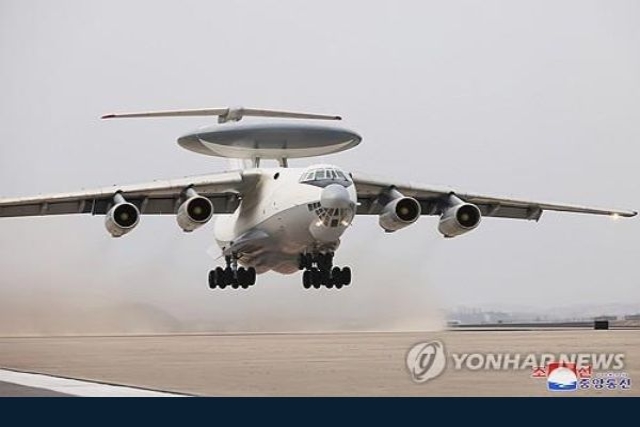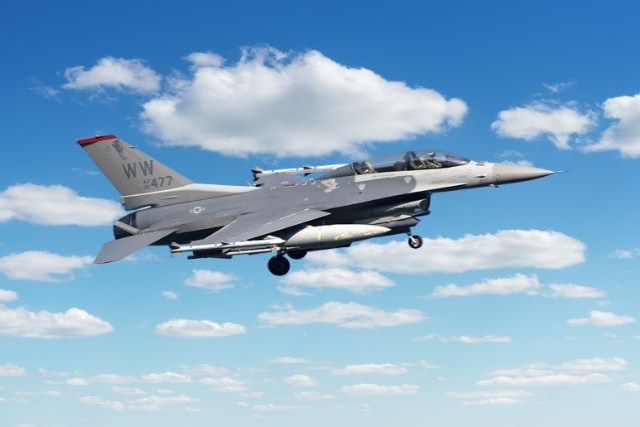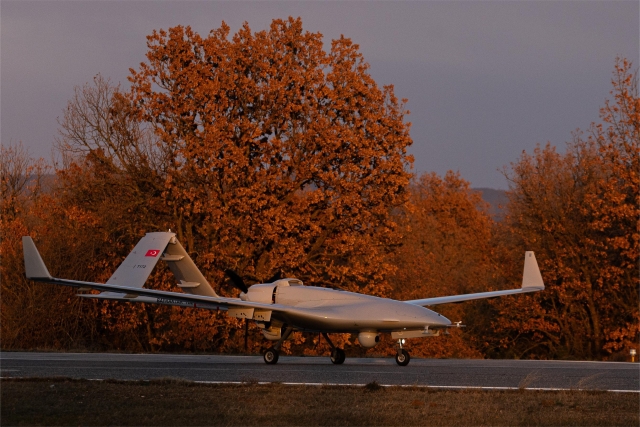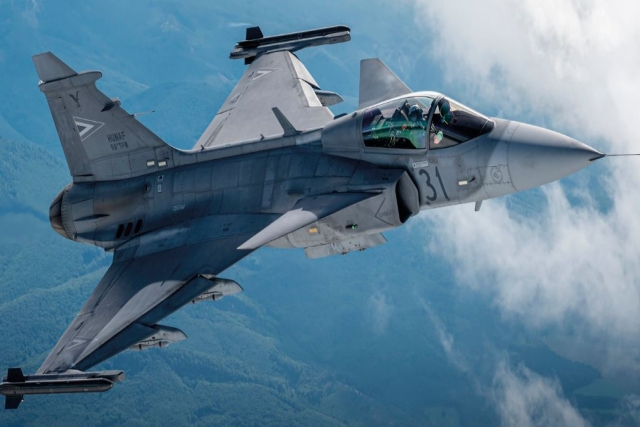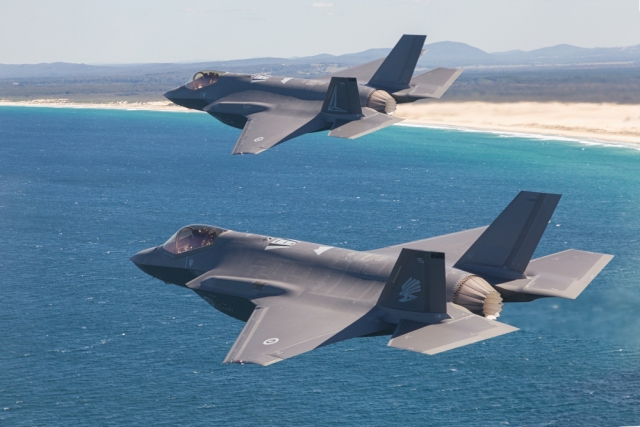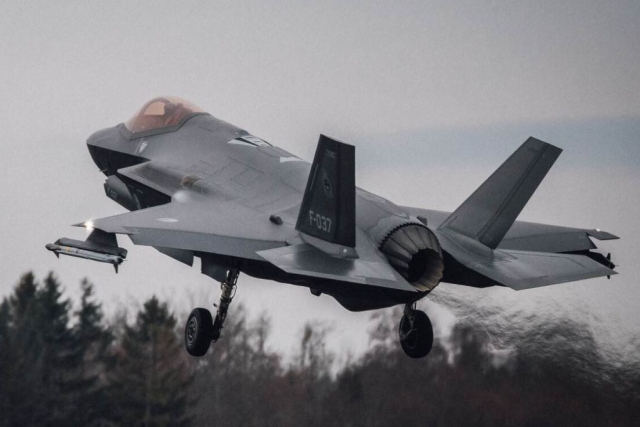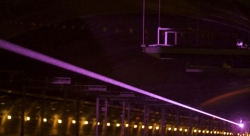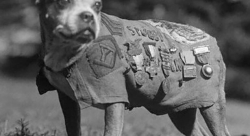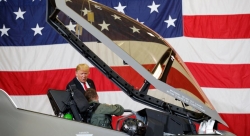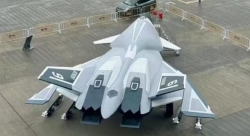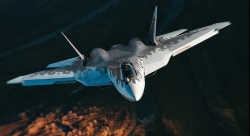Lockheed Martin Skunk Works, Arquimea Test AI-Powered Anomaly Detection for ISR Missions
New tech cuts scan time, detects hidden threats in EO/IR surveillance using machine learning.

Lockheed Martin Skunk Works, in collaboration with Spanish technology company Arquimea, has demonstrated a machine learning-based anomaly detection system designed to enhance Intelligence, Surveillance, and Reconnaissance (ISR) operations.
The capability allows ISR platforms to detect irregularities or changes in physical features using electro-optical (EO) and infrared (IR) data. This reduces the number of scans required by onboard sensors while enabling faster detection of hidden threats, wildfires, pollution, equipment failures, and other anomalies.
The demonstration simulated a small uncrewed air system (UAS) flying through a dense jungle environment. The UAS used neural networks trained with episodic memory to identify unexpected changes in the environment. Even when observing the scene from new angles, the system could compare stored data with current views to detect deviations using artificial intelligence.
According to the companies, this approach moves beyond traditional image comparison. It equips AI systems with the ability to respond to unfamiliar situations, supporting more autonomous and reliable decision-making in complex environments.
OJ Sanchez, vice president and general manager of Skunk Works, said the effort is part of a larger strategy to support crewed-uncrewed teaming.
Lockheed Martin and Arquimea plan to expand this research in 2025, focusing on how these anomaly detection techniques can enhance other sensor types and further improve autonomous system decisions.
The capability has potential applications in national security, disaster response, environmental monitoring, and industrial safety, according to the companies.
